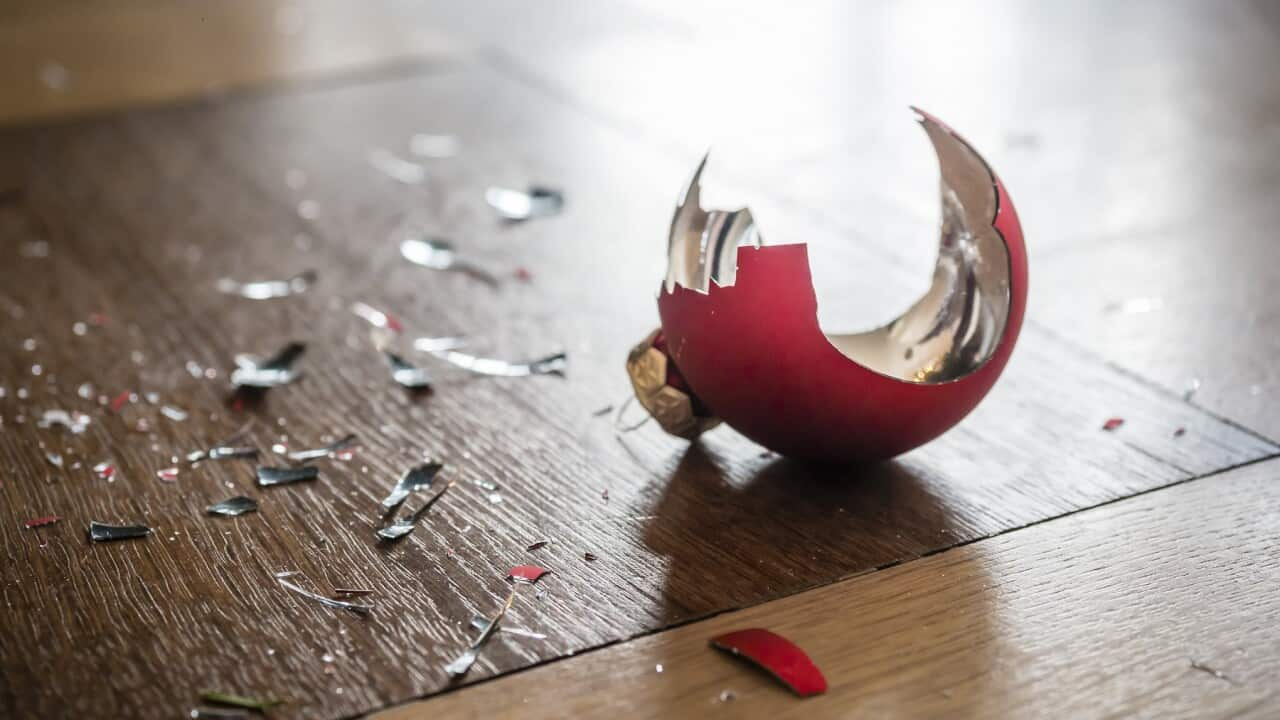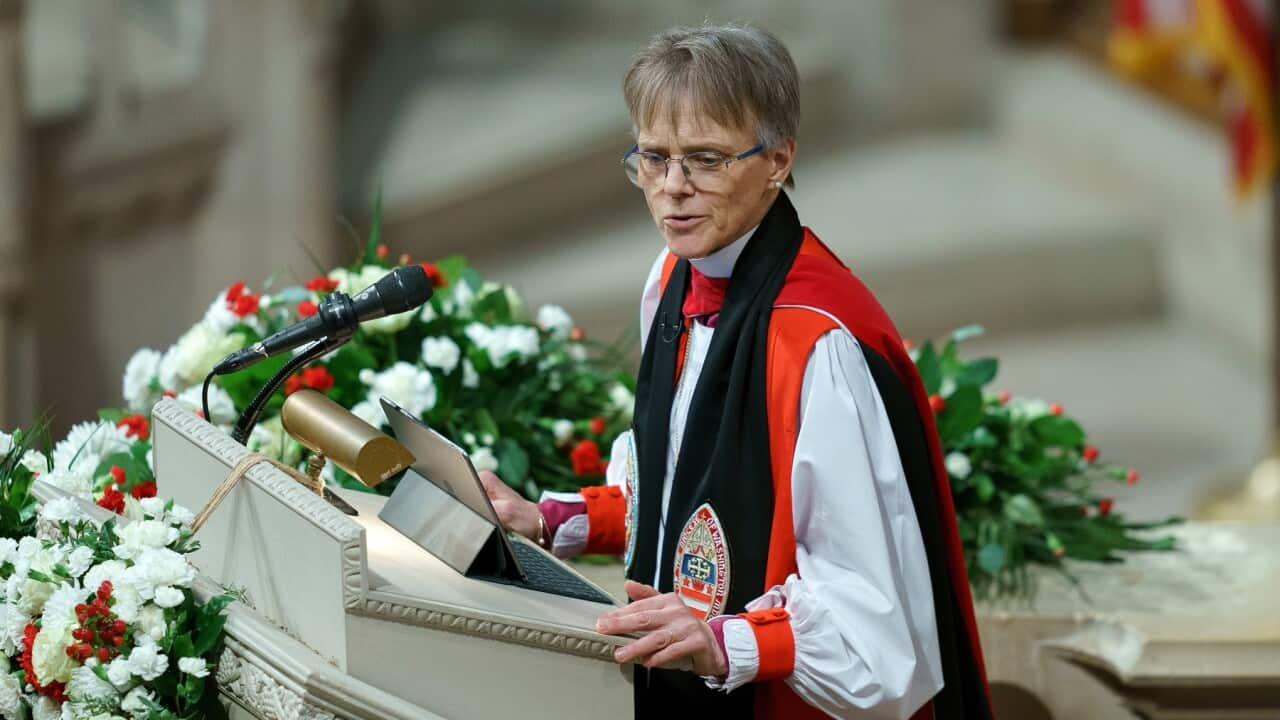TRANSCRIPT
There's not long until the end of the year, but Sabrin Farooqui and her team are not winding down.
On the frontlines of the domestic violence crisis, this is the busy period.
Ms Farooqui runs Cultural Diversity Network Inc, which specialises in helping newly arrived women dealing with domestic violence.
“I think in families, husband and wife spend a lot of time, and school holidays, and another thing is financial pressure. We always see a rise at Christmas time in terms of victims of domestic violence numbers, and frankly speaking we are not equipped at this stage - we don’t have the capacity to have enough staff to look after our victims of domestic violence during Christmas because we don’t have funding.”
Many of Ms Farooqui's clients come from countries with low trust in police - so they come to her instead.
She and her team provide in-language case management.
“As part of the case management, we look for shelter for our clients, and these days we see that there’s hardly any shelter available, and there’s a long, long queue. So, when women know that they have nowhere to go to, they will think twice about leaving an abusive relationship. It is actually a big thing in migrant communities. So this is a hard fact we have to understand. I don’t want to hear more, that another woman is dying. We’ve had enough this year.”
In April, the numbers were already bad enough for Prime Minister Anthony Albanese to declare domestic violence a national crisis.
He convened the national cabinet, and in September, approved more than $4 billion funding to fight gender-based violence over five years.
But the numbers have continued to rise.
Dr Jill Tomlinson is a volunteer with the advocacy group Counting Dead Women, which says 72 women have already been killed this year.
“The fact that there's been that mobilisation of support and resources without a clear change in the numbers shows what a difficult problem it is. We also need to recognise that for each number in the Counting Dead Women project, it not only represents a woman and the impact on their family and friends, but hiding behind that are hundreds of women and children experiencing family violence. So, those numbers themselves are just the tip of the iceberg in terms of the problem across Australia.”
Those numbers are far more difficult to gauge.
Tania Smith is an executive officer at the Parramatta Women's Shelter in Western Sydney.
She's been working on the frontlines of domestic violence for 20 years.
In that time, she says the problem hasn't become any better, and she fears it could be getting worse.
“This year has been incredibly hard for those working on the frontline. We have seen more women die this year. It has impacted really heavily on not only the team who are working directly with the women and children we support, but also on the women and children we support. We could fill this place two or three times over. So what we've seen over the last 18 months is a significant increase in the people we're not able to assist. We'll have one room available and we might have four, five referrals. And for the staff to have to prioritise those referrals is super hard." ]]
Ms Smith's team also sees a sharp rise in cases around this time of year; usually, just after Christmas.
More time at home, higher alcohol consumption and financial pressures are all factors.
But Ms Smith says none of them are the real cause.
“We really need to name what the drivers are and that’s gender inequality. Alcohol, drugs, mental health issues, cost of living, gambling, all of those can escalate certainly violence, but they are not what the cause of violence is. And I often say that if women were killing men at the rate that men are killing women, we would have a completely different response.”
Crisis workers say a firm focus on preventing violence before it happens will be the only way to make next year end differently.













